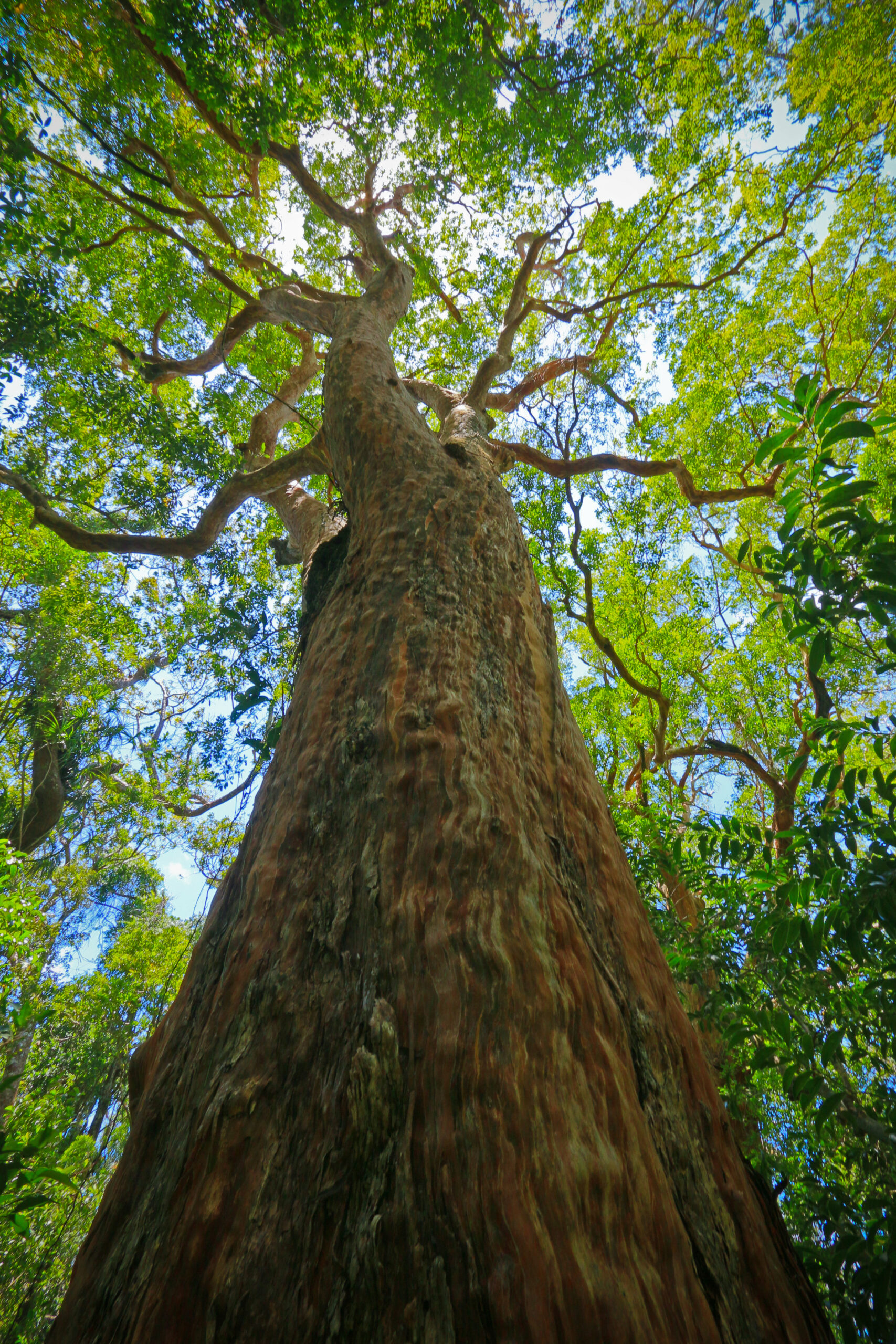| Local Name | Place |
| Amuguan | Cagayan |
| Amuguan | Isabela |
| Balayong | Zambales |
| Balayong | Rizal |
| Balayong | Laguna |
| Balayong | Quezon |
| Bayong | Abra |
| Ipil | Ilocos |

Did you spot something we need to update?
Do let us know. Together, let's grow the database.
Reach out to us at binhi@energy.com.ph
Soil: best growth and development in the moist and deep soils of gentle slopes near the base of mountains with altitudes ranging from 300 to 400 masl; but could thrive in a wide variety of soils ranging from sandy to clay-loam soil; thrives successfully on dry and shallow soils; also occurs scattered on places where limestone deposits crystallized by volcanic action.
Low to medium altitude primary forests
Nursery Phase Seed collection: When the pod matures, it dehisces. In some cases the seeds are still attached to the pod. Unlike many leguminous species which are wind-disseminated, it is disseminated by gravity and water especially during rainy days in mountainous slopes and rugged terrains due to its relatively heavy weight (Juni et al., 1964). Seed germination: Seed treatment and germination medium: Seeds germinate faster when soaked in hot water for 48 hours with an initial temperature of 100°C. It is allowed to cool overnight before being sown in a germination beds or boxes filled with heat-treated fine sandy mixed with humus soil. Transplanting and potting: Three weeks after germination, seedlings are transplanted to a 5 x 7 in (12.7 x 17.78 cm) black plastic bag filled with sterilized garden soil. They are placed under a shaded place in the nursery for a few days until they have fully recovered from the transplanting shock. Regular watering is done to prevent wilting and to enhance growth until they are ready for planting in field. It is best to out-plant the seedlings to the plantation site when they are 30 cm tall. Care against pest and diseases: Regular spraying of insecticide and fungicide is done to eliminate insects and diseases that attack the young seedlings. Fertilizer application: Half a teaspoonful of 15-15-15 fertilizer is applied into the pot close to the side to avoid fertilizer 'burn'. Hardening: Two weeks after potting, seedlings are transferred to a partially shaded area in the nursery to adapt to conditions in an open area. A. rhomboidea is shade tolerant and sudden exposure to intense sunlight will damage the seedlings. Plantation Phase Spacing, sticking, and digging of planting hole: Sticks are placed at spacing of 3 m x 3 m to mark the planting spot. Holes bigger than the ball of earth of the seedlings are dugged on the planting spot. The topsoil is placed near the hole and sub-soil is placed by the side of the top soil. Planting of seedlings: A layer of 10-cm thick of topsoil is placed at the bottom of the hole. The plastic bag is removed from the seedling by pressing first the plastic bag to slightly compact the soil after which the plastic bag is slowly pulled from the seedling. Another technique is to use a knife to cut open the plastic bag to remove it from the ball of earth. Care should be taken not to disturb the roots. The seedling is carefully placed in the center of the hole in an upright position, by holding the base and not the stem or top. The planting hole is first covered by the nutrient-rich topsoil followed by the subsoil. The soil is pressed down around the stem without covering the root collar. Any excess soil should be moved 10 cm away around the seedling. Application of fertilizer: In poor sites, fertilizers are applied one month after out-planting to give essential nutrients required for initial growth booster. One spoonful of 30-30-30 NPK is applied at about 5 cm deep in the soil, using an improvised metal tube sharpened at one end to pierce the soil at desired depth. This practice is done during the rainy season but not when it is raining to avoid the fertilizer from leaching out from the planting hole. Brushing and cleaning: Maintenance works like weeding is done at a time when surrounding vegetation is overtopping the seedlings. The weeds are cut at the base to prevent it from sprouting fast. Debris is put at the base of the seedling to serve as mulch. Depending on the growth of weeds, this should be done 2-3 months after planting and repeated 3-4 times a year until the seedlings are able to overtop the weeds. Protection against fire, pest, and diseases: Plantations are usually fire prone during dry season. Although A. rhomboidea to some extent could re-sprout after fire, its normal growth is affected as sprouts grow on the trunk, developing unnecessary branches. There are no pests and diseases known to seriously affect A. rhomboidea in plantations. A. rhomboidea trees are known to be resistant to drought. Pruning: A. rhomboidea develop trunk clear of branches during its early growth stages until age 7 years after which the apical branch could fork. Hence, there is no need to conduct pruning earlier but when longer clear bole is required, pruning is recommended Thinning: This operation is done when the crown of the adjacent trees are already 'touching' one another. Thinning will be quite late when the crowns are overlapping. It is done at the later stages of development to promote larger diameter growth. Selective thinning to remove the suppressed and crooked trees is recommended.
Locate our planted TINDALO Trees
Locate our planted TINDALO Trees

trees planted in the country!

Spread awareness and learn about the 96 native Filipino trees species EDC has saved from extinction. Get your own copy of the coffee-table book today!